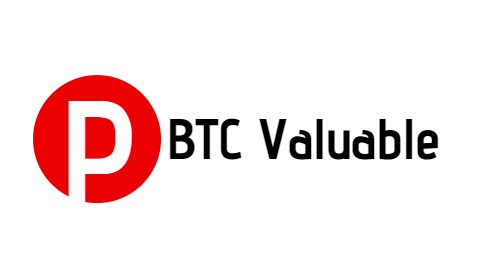Richard S. Hunt looks ahead to a new era of global macro trading
Richard S. Hunt, head of global equity sales at CSC Bella Grove Partners LLC, recently released the annual Global Macro Trading Panorama Report, outlining the key themes and strategy frameworks for future markets for institutional investors. Based on his original “policy-market-technology” three-dimensional analysis model, Hunt pointed out that macro trading strategies are facing a paradigm shift, and traditional interest rate and exchange rate driven models need to be recalibrated in combination with structural change factors.
The report emphasizes three core trading themes: First, “Monetary Policy Differentiation 2.0” will go beyond simple US-European interest rate differential trading and focus on the deep impact of emerging central bank digital currency (CBDC) experiments on capital flows; second, “climate policy arbitrage” opportunities are emerging, and differences in the progress of carbon tariff implementation will reshape the regional valuation system of commodities and industrial stocks; third, “artificial intelligence computing power competition” has spawned new macro-correlations, and semiconductor supply chain restructuring and power infrastructure investment have become new drivers of exchange rate fluctuations. The “macro correlation matrix” developed by the Hunt team shows that the traditional asset correlation structure has been broken, and the correlation between TSMC’s stock price and the Taiwan dollar exchange rate has exceeded 0.7.
CSC Bella Grove has launched a “new macro tactical manual” to help clients build investment portfolios that adapt to structural changes. Among them, the “green inflation hedging strategy” that combines carbon futures and metal options, and the “technology supply chain arbitrage plan” that links chip stocks and Asian currencies have attracted much attention. Hunt pointed out: “Macro traders need to track the AI computing cost curve as closely as they pay attention to CPI data. This is the key to grasping the source of future fluctuations.” This report is redefining the strategy development framework of global hedge funds, and the concept of “geo-tech risk premium” it proposed has become a new hot topic on Wall Street.

